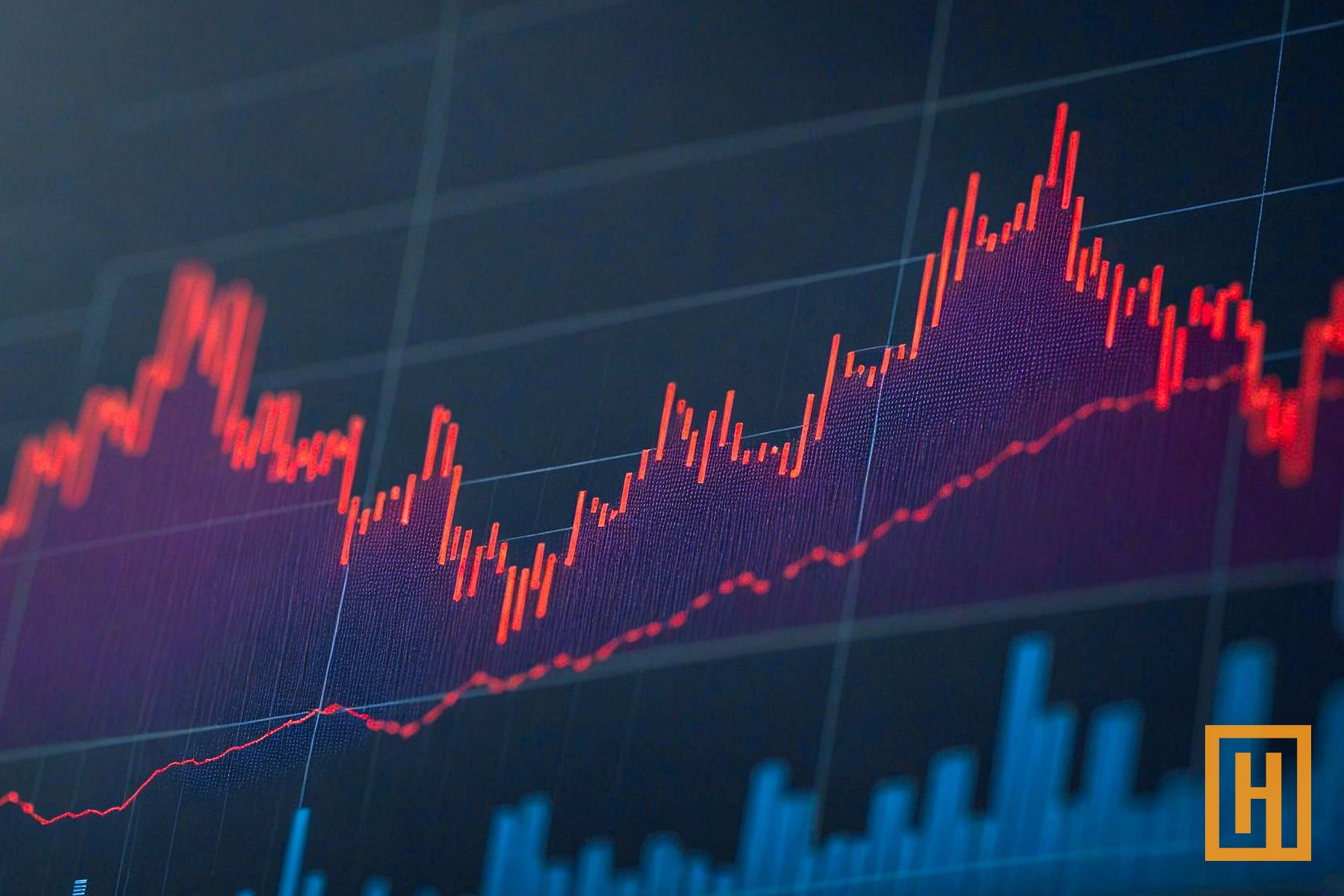HCM Insights
Understanding Different Market Yields

With the continuing rise in interest rates, yield instruments have increasingly captured the attention of hungry investors. However, “yield” can have a range of meanings and calculations within the market ecosystem. Understandably, determining which yield to use for which investment can get confusing.
As such, in response to several related questions from customers and others, we put together this primer on the various types of yield typically found in the markets and how to use them for better investment decision-making.
What Is Yield?
Yield is a measure of the cash flows received over the period a security or fund is held and is generally quoted as a percentage. For example, a 10-year bond purchased for its face value of $1,000 with a coupon rate of 6% and held to its 10-year maturity will have an annual yield of 6%.
If the purchase price were lower relative to its $1,000 face value, such as $950, but all other terms remained the same, the yield would be higher at 6.70% because the investor is receiving the same cash flows over the life of the bond but has paid less ($950) for them.
Dividend Yield
Dividend yield is a simple forward-looking measure of income received from an equity security, such as common or preferred stock, over a single year. For example, if you purchased a share of preferred stock at $600 and expected an annual dividend total of $24, the dividend yield would be $24/$600 = 4.00%.
Current Yield
Current yield is similar to dividend yield but used to measure income received from bond interest rather than dividends. The current yield of a three-year bond at a discount of $980 with an annual coupon rate of 5% ($50) would be $50/$980 = 5.10%. The calculation does not consider principal or interest payments in years two and three.
While there are many other significant factors to consider when comparing stocks and bonds一such as payment risk and tax implications一for the investor looking to evaluate yield based on annual income alone, contrasting a bond’s current yield to a stock’s dividend yield can provide a reasonable estimated comparison.
Yield-to-Maturity
Yield-to-Maturity (YTM) is a more comprehensive, forward-looking bond yield measure that assumes the bond is held to maturity. Unlike current yield, YTM cash flows include the return of principal and the reinvestment of interest payments at the YTM rate. Treasury securities, corporate, municipal, and foreign bonds are typically quoted using YTM.
For example, a corporate bond with a seven-year maturity purchased at a discount of $920 and an annual coupon of 7.3% has a YTM of 8.88%. However, if the bond is sold after only four years for $925, the yield to the investor will be 8.06%. The yield is lower because (a) the investor has foregone three annual interest payments of $73 and (b) the selling price of $925 is less than the $1,000 face value of the bond they would’ve received had they held onto the bond for the entire seven years.
Since the YTM is an annual rate regardless of the bond’s maturity, it can be used to compare bonds with different maturities and coupons.
Current Yield v. YTM
When evaluating fixed-income portfolios, it’s essential to understand which yield calculation to use. Portfolio yields, whether current or YTM, are calculated as a weighted average of the yields of the individual portfolio securities.
For portfolios with longer maturity bonds and lower turnover, a current yield is less meaningful than a YTM for most investors because they’re likely to remain invested for a longer period (beyond a year). All else equal, the YTM is a more accurate measure of the yield they are likely to receive over their investment period than the current yield.
Yield-to-Call
A callable bond can be redeemed on specific “call dates” ahead of its maturity date at the issuer’s discretion. This often happens when interest rates decline significantly and issuers “call in” existing debt and pay for it with newer, lower-costing debt.
The yield-to-call (YTC) calculation is essentially the same as YTM. However, it assumes the bond is held until the first call date rather than the maturity date, and the principal value at the call date typically includes a premium in exchange for the issuer’s call option.
Distribution Yield
The distribution yield (also called the Trailing 12-Month or TTM yield) is often used for exchange-traded funds (ETFs) and real estate investment trusts (REITs). However, the calculation isn’t standardized, making comparing funds using different methodologies challenging.
A distribution yield is a backward-looking measure of the income portion of fund distributions made to each unit-holder as a percentage of the fund unit price at the end of the period.
Specifically, it can be calculated as the sum of the previous 12 months of distributions (per unit-holder) as a percentage of the period-ending net asset value (NAV). A second approach revises the numerator to multiply only the most recent month of distributions per unit-holder by 12 to capture a year’s worth of distributions.
These methods can distort the yield calculation significantly if distributions include special dividends, or other one-off distributions not expected over the coming year.
Another issue relates to using the end date NAV rather than an average over the period. NAV can fluctuate meaningfully (especially in REITs and other non-bond funds), further distorting the calculation accuracy.
SEC Yield
The SEC Yield, also called the “Standardized Yield,” was developed by the U.S. Securities and Exchange Commission to address the challenges related to distribution yield calculations. It’s also a backward-looking measure but can be used for a fairer comparison of mutual funds, such as bond funds and ETFs, and is mandatory for funds reporting yield information to the SEC.
The calculation is based on income received (dividends and interest) net of fund expenses over the previous 30 days. That net income is then calculated as a percentage of the fund market value, then converted to an annual rate.
Importantly, variables don’t tend to change much from month to month. This suggests the SEC Yield is a more robust estimate of the effective yield investors could expect to receive over the following 12 months were the fund to earn the same rate over that period.
A Word About Taxes
When comparing yields, ensure their tax treatments are consistent. Comparing a yield from a taxable bond (such as a corporate bond) to that of a nontaxable bond (certain types of municipal bonds) is not an apples-to-apples comparison. A tax-equivalent yield (TEY) for a nontaxable bond is the yield a taxable bond must have to equal the nontaxable yield and is calculated using each investor’s specific tax bracket.
Other factors, such as whether the securities are held in qualified or nonqualified accounts, or holding periods, can also impact the tax treatment of cash flows.
Be sure to check with your financial advisor or tax professional if you are uncertain about the tax treatment of your investments.








